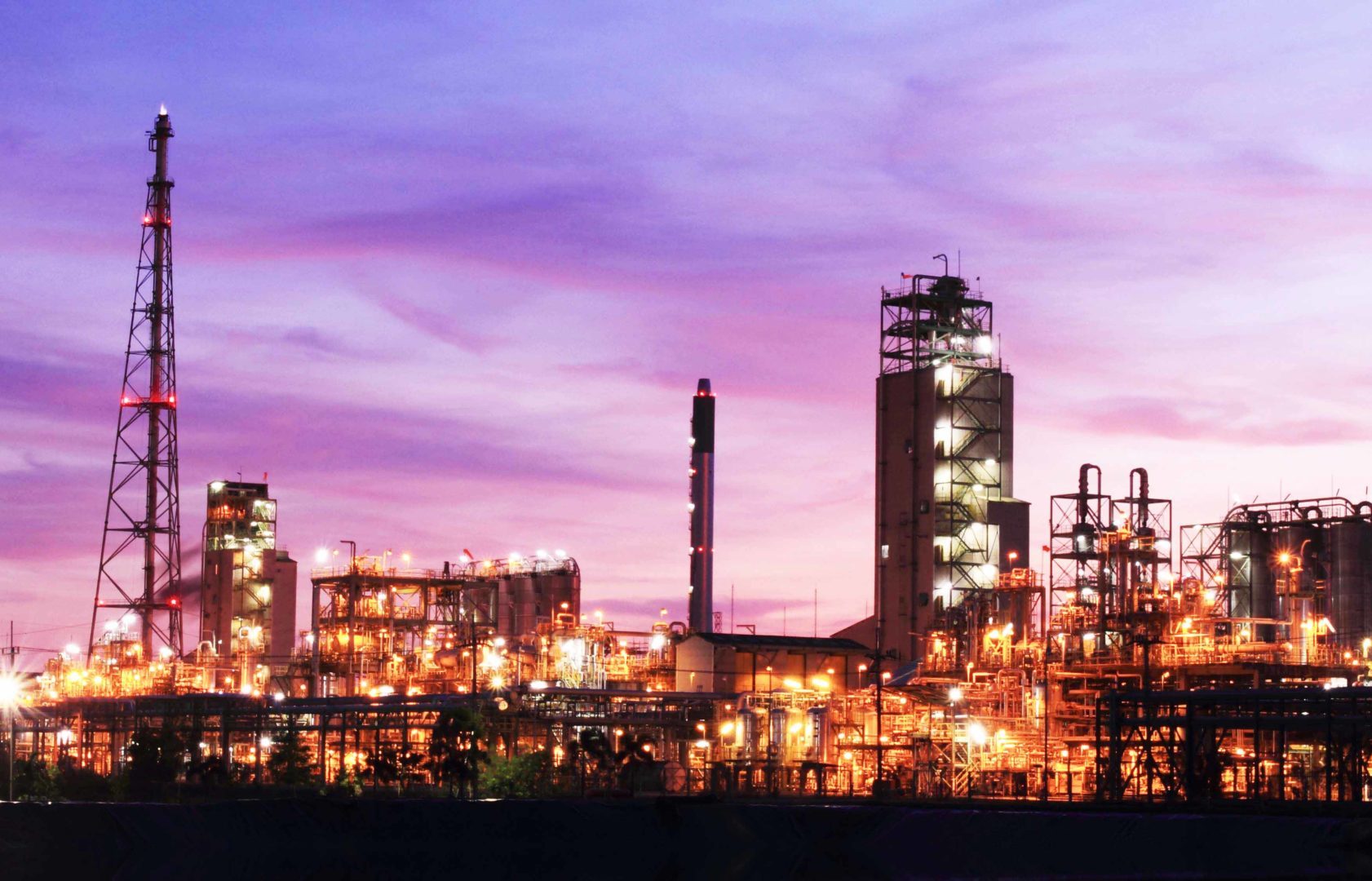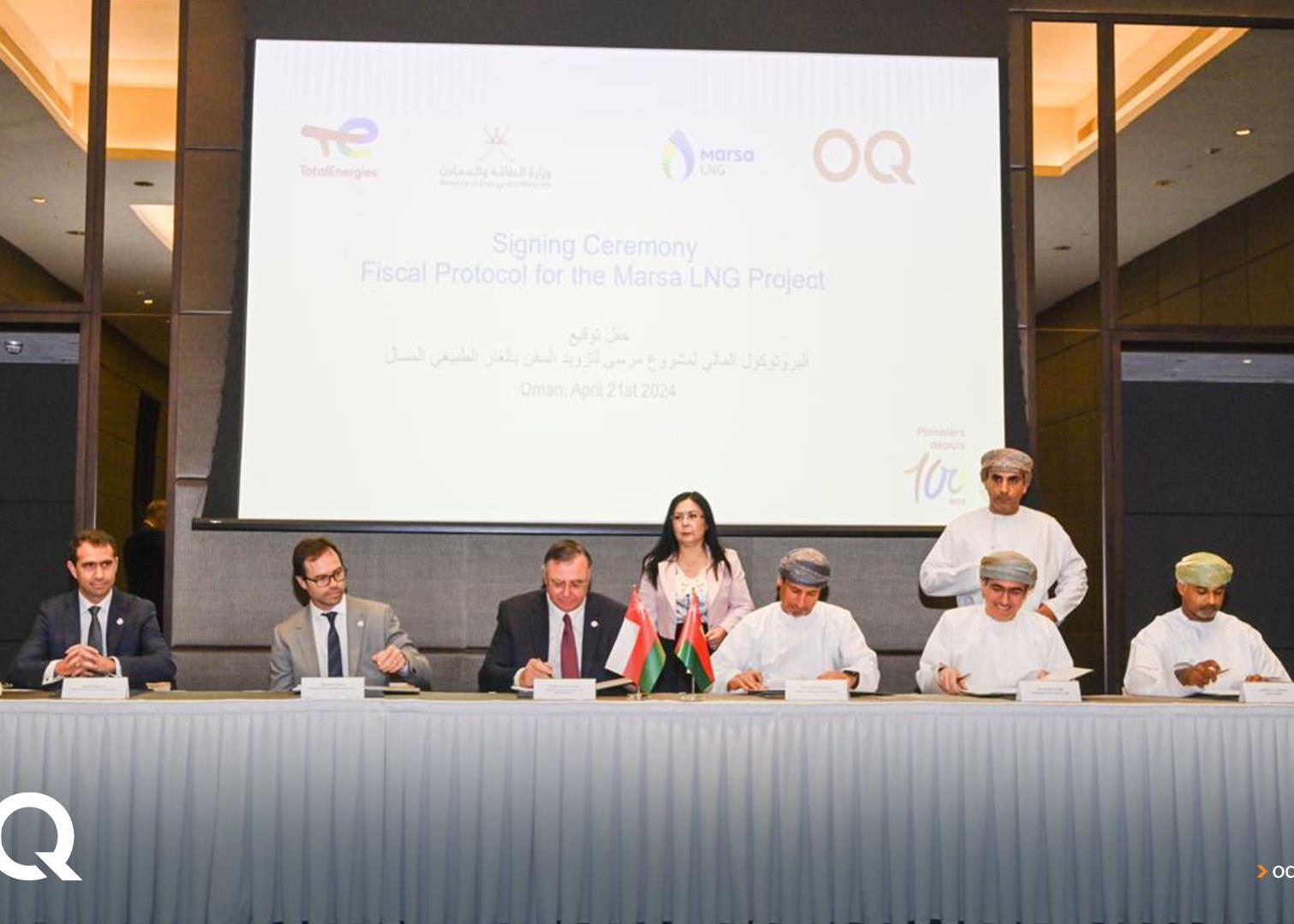

Company plans to continue energy sector investment and explore for gas in the Red Sea
Following its discovery of new oil and gas fields in 2015, Saudi Arabia will keep investing in the energy sector to meet demand, according to Minister of Energy, Industry and Mineral Resources Khalid al-Falih.
Despite low oil prices, state-owned Saudi Aramco, the worlds largest oil exporter, has reached record levels of crude production and gas processing, Al-Falih said in the companys 2015 annual report. Al-Falih took charge as energy, industry and mineral resources minister on 7 May and also heads Aramco.
The kingdom is committed to sustaining its investments in hydrocarbons-based energy to meet future demand and power sustainable economic growth at home and around the world, he said, adding that declining investments by energy producers raise concerns about another cycle of supply constraints and therefore more market volatility.
Last year Aramco discovered three new oil fields Faskar, offshore in the Arabian Gulf near the Berri field; Janab, east of the Ghawar field; and Maqam, in the eastern Rub al-Khali. The company has also found two new non-associated gas fields Edmee, located west of Haradh, and Murooj in the Empty Quarter.
Crude production for Aramco has risen from 9.5 million barrels a day (b/d) in 2014 to 10.2 million b/d. Exports in 2015 averaged 7.1 million b/d, up from about 6.8 million b/d a year ago.
Saudi Arabias oil reserves stood at 261.1 billion barrels in 2015, while gas reserves rose to 297.6 trillion cubic feet from 294 trillion cubic feet in 2014. Aramco is pressing ahead with plans to explore for gas in the Red Sea as well as unconventional gas.
Asia accounted for about 65 per cent of Aramcos total exports last year, a rise from 62.3 per cent in 2014. The firm maintained its export level of 1 million b/d to the US despite competition from shale oil, according to its annual report.
Aramco is building new refineries to expand its revenue base and increase its market share. The crude and condensate throughput to its domestic wholly-owned and joint-venture refineries rose 9 per cent in 2015, with the commissioning of the Jubail refinery, known as Satorp, and the full operation of its Yanbu Sinopec refinery, Yasref.
Global share
Aramco is gaining its share of the global oil market and is pushing for greater efficiency, CEO Amin Nasser told UK news agency Reuters. The state-owned group is pressing ahead with initial public offering (IPO) plans, which are central to Riyadhs Vision 2030, the economic reform agenda spearheaded by Deputy Crown Prince Mohammed bin Salman al-Saud.
We are preserving our market share, which continues to increase year-on-year, said Nasser. This year, as last year, it is increasing. Our market share is picking up, he added, without elaborating on figures.
Riyadh has been leading Opecs struggle against US shale oil producers since November 2014, when the oil cartel refused to cut supply to boost prices. An Opec meeting on 2 June will be the first for energy minister Al-Falih at a time when Irans exports have risen close to pre-sanctions level.
Saudi and Iranian Opec delegates clashed earlier this month over long-term strategies, Reuters cited sources as saying, with Riyadh saying Opec should not manage the market by regulating supply as it has done throughout its history and Tehran arguing that the group had been created to perform precisely that task.
The kingdoms current tactics seem to be working. Oil has recovered to $50 a barrel from a 12-year low of $27 a barrel in January, despite the Iranian increase.
Nasser expects prices to trend upward by the end of the year as global demand picks up and production from high-cost fields, such as shale oil and deep-water offshore fields, falls.
Seriously working
On Aramcos planned IPO, Nasser said the company is seriously working to make that possible. Aramco is working on options for floating less than 5 per cent of its value, which include a single domestic stock exchange listing and a dual listing with a foreign market, Nasser said.
The company is finalising its proposals and will present them to its supreme council soon, which could lead to part of Aramco being publicly listed by 2017-18.
As part of Aramcos market share push, the company plans to raise its total refining capacity both inside the kingdom and abroad to 8-10 million b/d, from about 5.4 million b/d now.
This week it signed an agreement to supply up to 270,000 b/d of crude to a refinery it will jointly upgrade with Indonesias Pertamina.
Forecasting growing oil demand, Aramco says it is seeking to invest further downstream as part of broader expansion plans in several markets such as China, India, Vietnam and the US.
Under the governments diversification plans, the kingdom plans to generate 9.5GW of electricity from renewable energy.
Aramco is looking to play a major role in achieving that target, according to Nasser. Renewables are on our radar and we are looking forward to play a major role in [the sector] in the near future, he said.
The company has set up a renewable energy department and is studying plans to invest in wind and solar power.
You might also like...

Contractors win Oman Etihad Rail packages
23 April 2024

Saudi market returns to growth
23 April 2024

Middle East contract awards: March 2024
23 April 2024

Swiss developer appoints Helvetia residences contractor
23 April 2024
A MEED Subscription...
Subscribe or upgrade your current MEED.com package to support your strategic planning with the MENA region’s best source of business information. Proceed to our online shop below to find out more about the features in each package.






